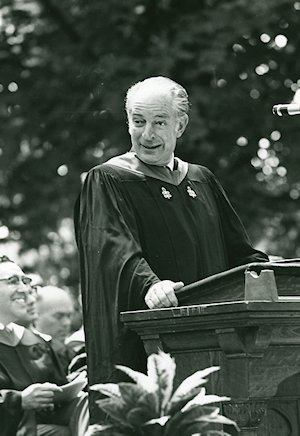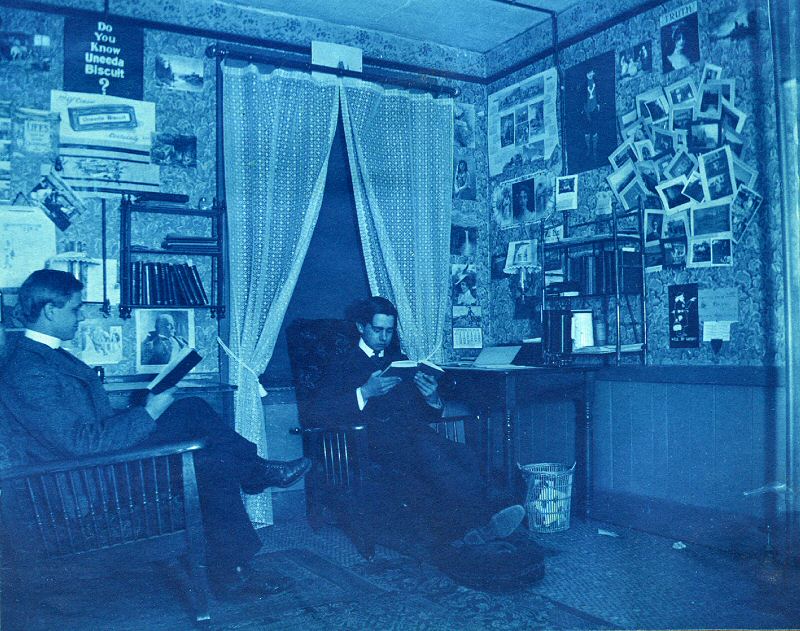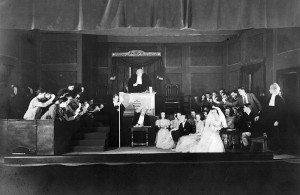Williston Northampton’s Upper School hears an annual lecture on some aspect of school history. The event is popularly known as the “button speech,” even though most years no mention is made of Samuel and Emily Williston’s button-derived philanthropy at all. On January 30, 2013, Archivist Rick Teller ’70 spoke about diversity issues.
• • • •
Good morning. I’m here to talk about Diversity in Williston Northampton’s past. How did we get to where we are? Perhaps I should warn you: what you’re about to hear will not always be pretty. History, including our own, shouldn’t come with perfume or blinders.
It is hard to pin down when Williston first enrolled students of color. Student records simply no longer exist prior to the 1860’s. But it appears that African American students first began to attend Williston sometime in the 1870s. I can’t tell you who our earliest African American student was. The first I can name is Robert Bradford Williams, who arrived in the fall of 1877 and graduated in 1881. Williams was from Augusta, Georgia. He was a protégé of Miss Lucy Laney, who ran an Augusta school for black children, and who worked tirelessly to find places in Northern schools for students of promise. Miss Laney managed to get funding for Williams from the Reverend Joseph Twichell, a prominent Hartford clergyman and close friend of Mark Twain.




